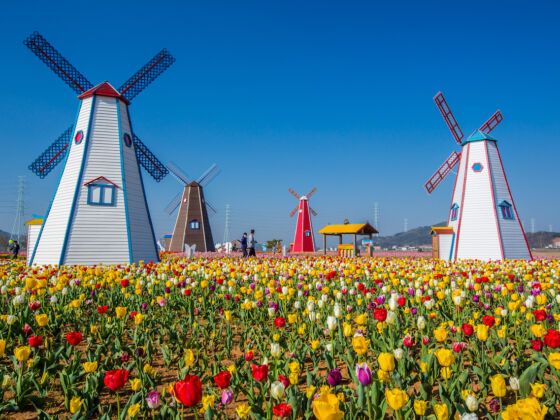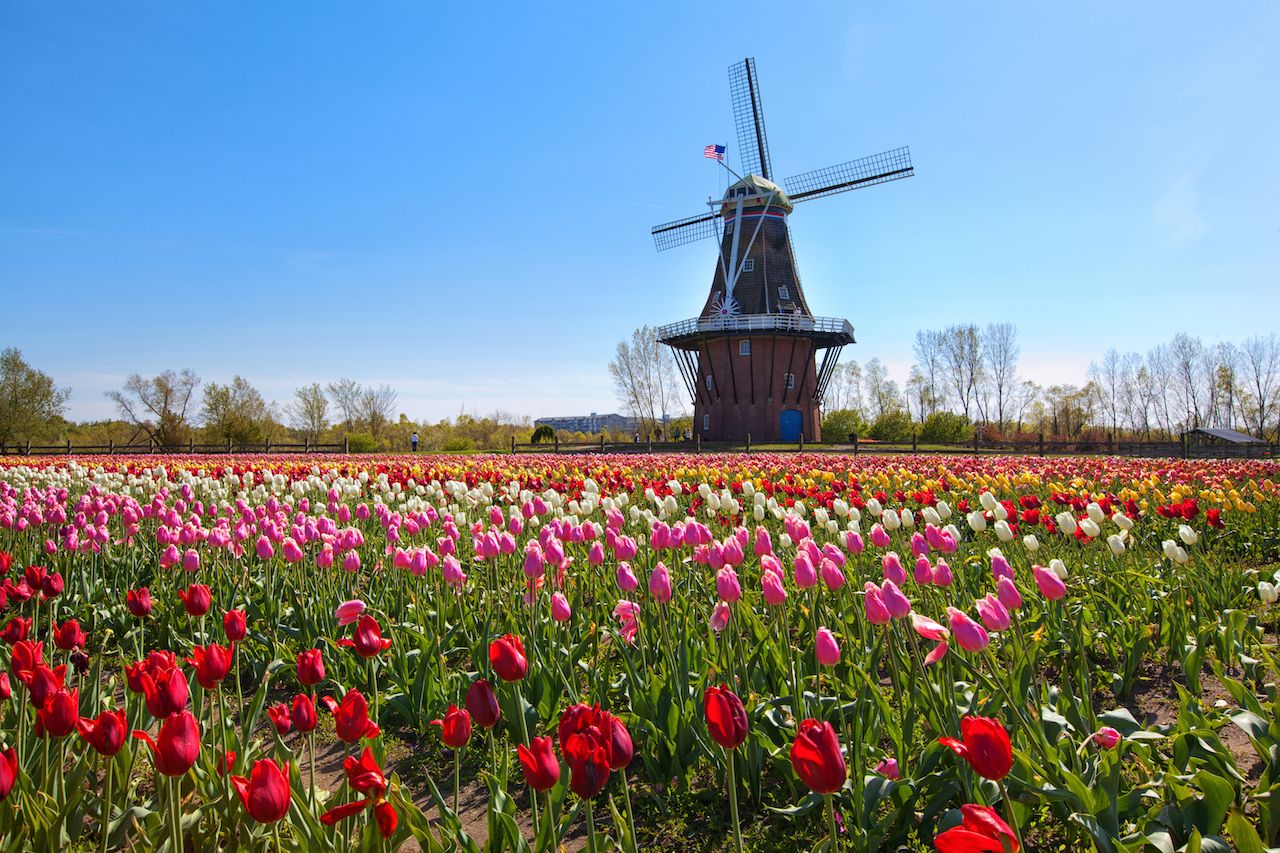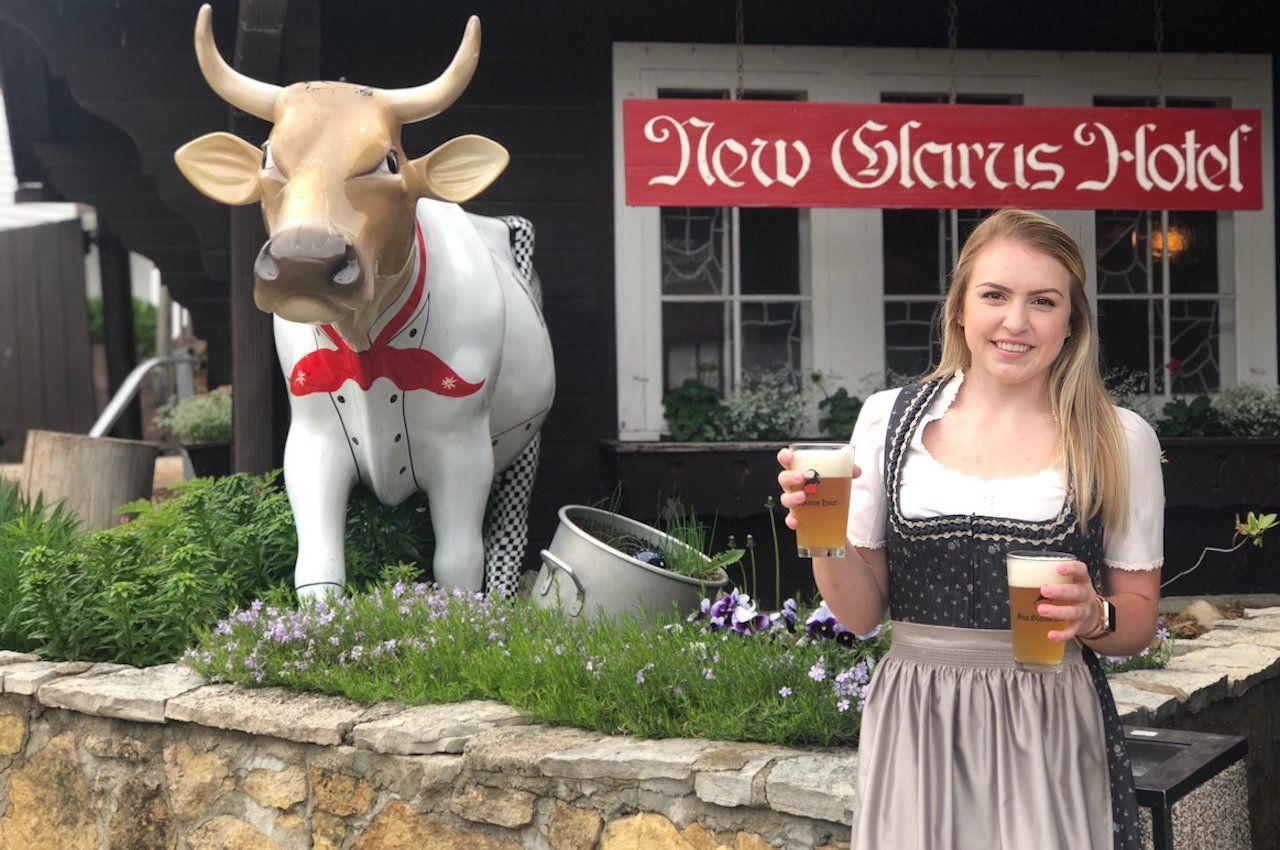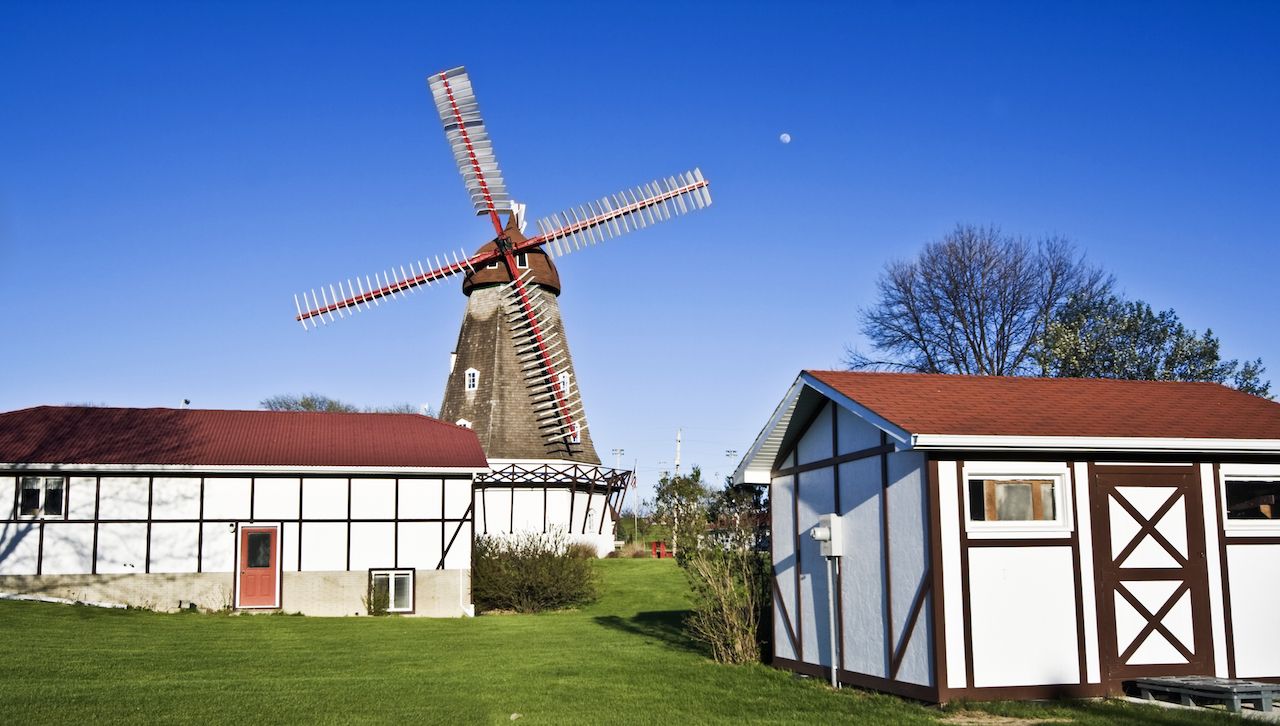Endless miles of scenic highways that wind coast to coast and meander around breathtaking natural wonders and ever-changing landscapes make hitting the open road second nature in the US. When it comes to the Midwest there’s often a misconception that it’s all about flyover states and repetitive countryside. But away from the big cities, industrial centers, and sprawling farmland, you can stumble upon some of the most European cities in America.
This road trip through the Midwest presents an itinerary for getting acquainted with what enticed the European settlers across the Atlantic and witnessing how their legacies are celebrated by ancestors. The journey starts in Holland, on the eastern shores of Lake Michigan, before taking in the Swiss-styled New Glarus and Cornish mining town of Mineral Point. There’s time to uncover a little bit of Germany in Minnesota and visit Iowa’s rural Danish villages of Elk Horn and Kimballton, too. It all presents a veritable smorgasbord of cultures from the Old Continent without having to depart from North American shores.




